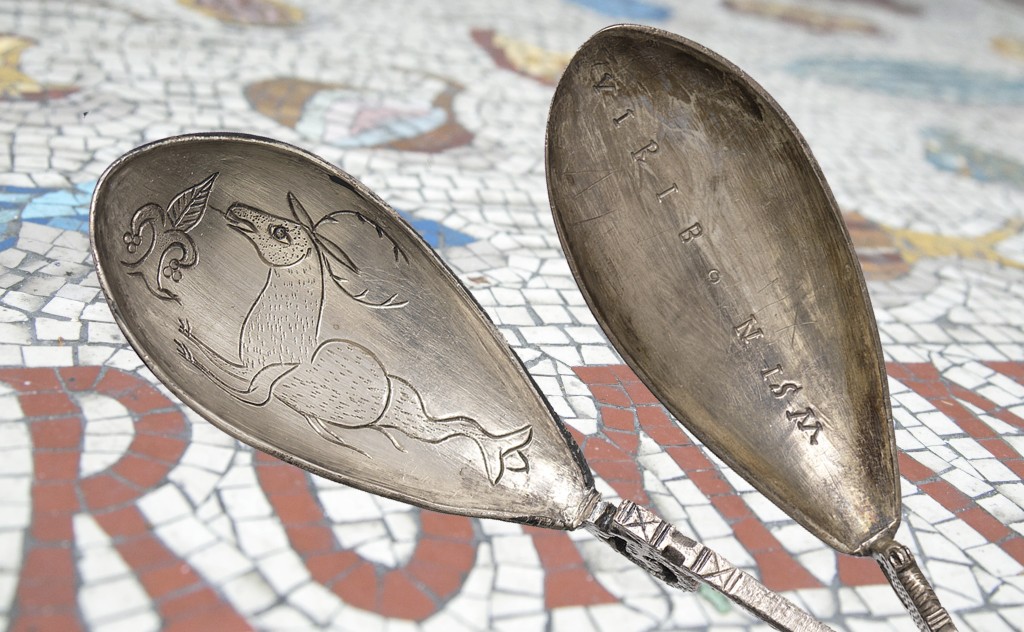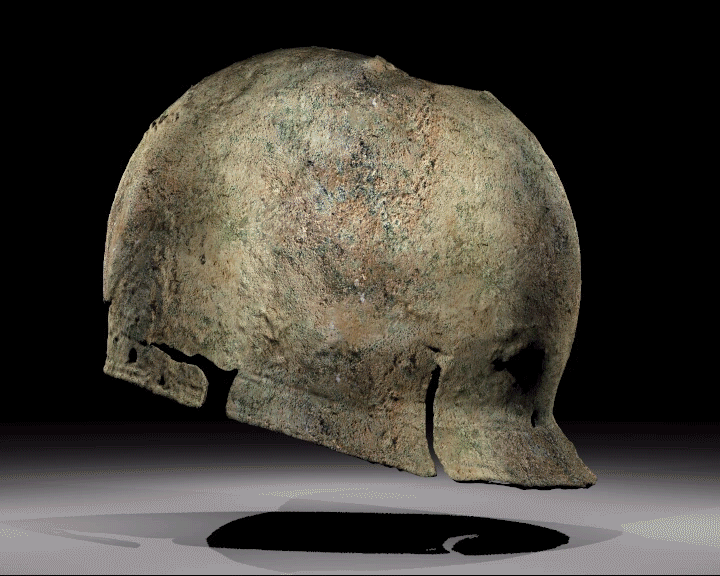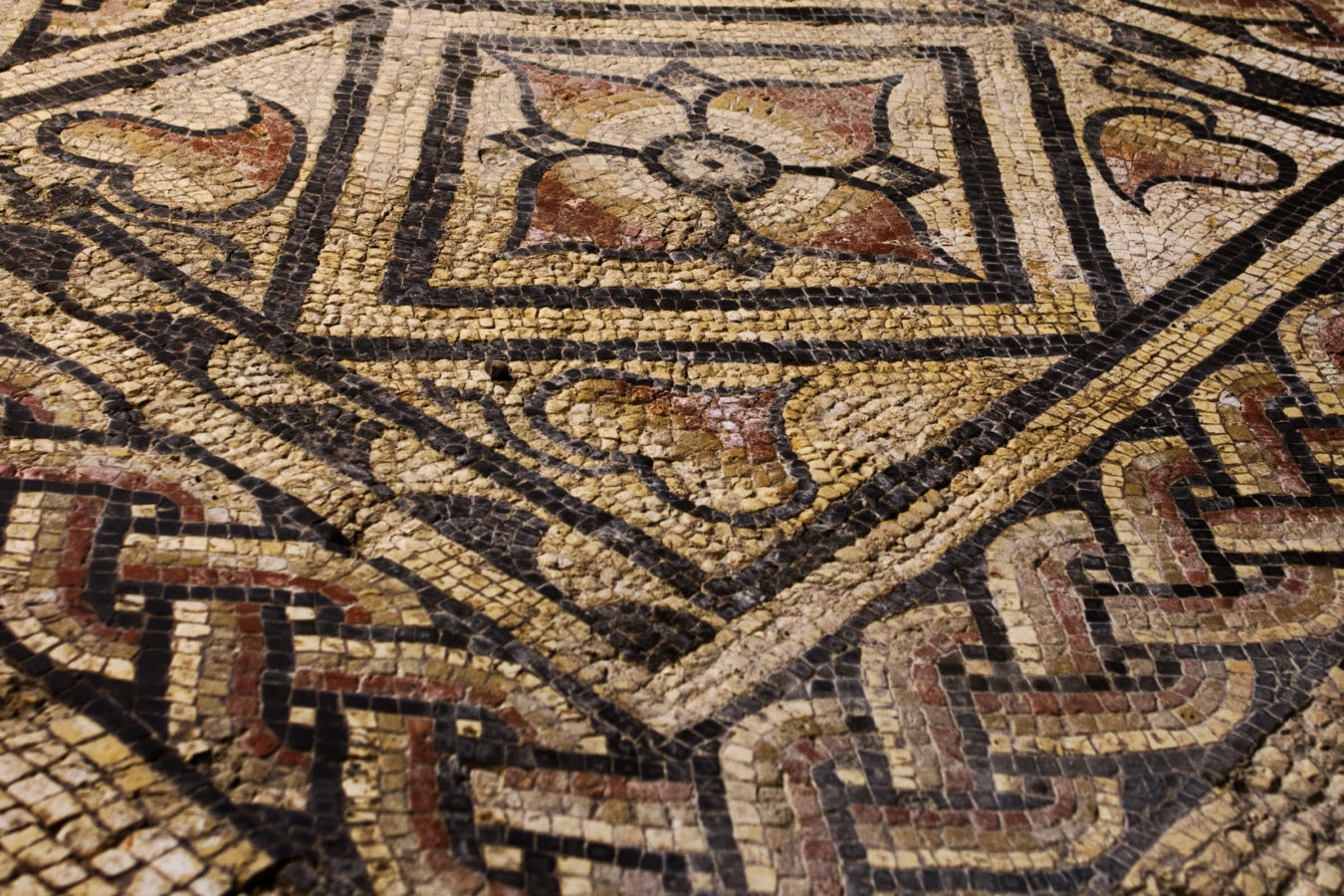
Silverware
When the garrison was withdrawn, Roman Canterbury was no longer safe. Townspeople fled as...
Discovered by local metal detectorist Trevor Rogers in a shallow pit near Bridge, just outside Canterbury, the finds, which also include a brooch and small spike, were excavated by Canterbury Archaeological Trust.
The helmet alone was a great discovery, but interestingly, it was what was found inside the helmet which really startled the archaeologists; the cremated remains of a woman. It is these remains which have allowed us to piece together more of the helmet’s fascinating journey to its final resting place.
Made in Gaul (modern day France) the helmet would probably have belonged to either a British or Gallic warrior who fought in Gaul, against the Romans or perhaps even alongside them. The helmet was eventually brought back to Britain.
Rather than representing a Roman military burial in the field (which is extremely unlikely given the presence of female remains), it is most likely that the helmet eventually came into the possession of a member of the local Cantiaci tribe.
It was during this time, in the mid to late 1st century BC, when the helmet was re-used as a special container in a cremation burial. Normally in the late Iron Age cremated bones were buried in pots but in this case the helmet was used as an urn, making it the only known burial of this kind in Britain.
So why was the helmet used as a burial urn? Most likely because it was a prized and exotic item owned by the family or maybe because it belonged to the woman’s husband who wore it in battle? Or maybe she was the warrior herself? We will never know for sure, but the possibilities are intriguing!
Whatever the true story, the presence of a Gallic helmet in a Kentish grave is a strong indication of the growing importance of cross-Channel links in a time of war, travel, trade, communication and change.

Did you know? Helmets like this were not only designed to protect the head from attack by swords, spears, axes and arrows, they also helped protect soldiers from sunstroke and sunburn!
